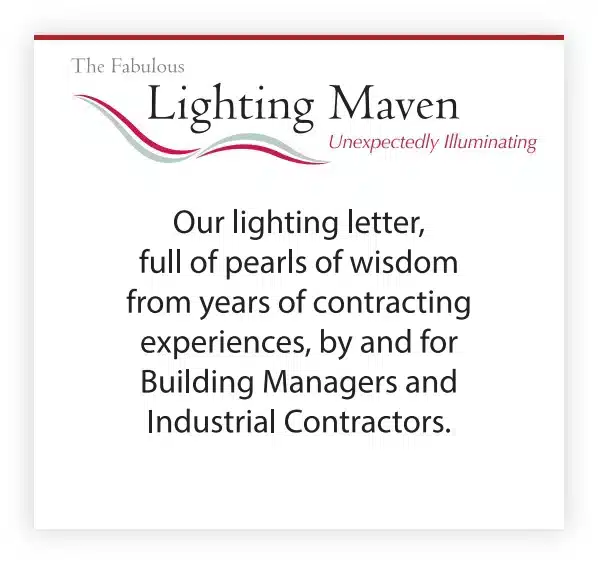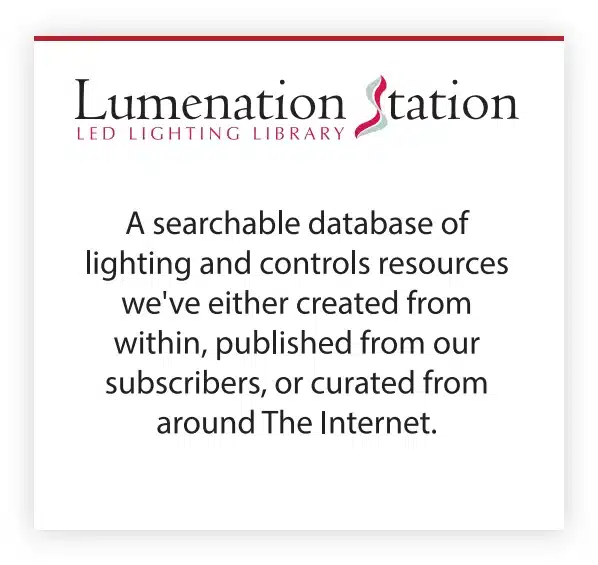Dear Reader:
LED fixtures are tested vigorously before being released to the market (see Cameron Miller’s PowerPoint from the National Institute of Standards & Technology), with the object being to measure not only initial lumen output, but to project what that output will be over the course of its useful life. The end of life for a fixture is viewed as that point at which the fixture has depreciated over time to 70% of its initial output.
Think about this .. if a fixture is “useful” up to 70% of its initial output, then the initial output includes a premium of 30%, representing icing on the cake (a surplus of lumens) over and above what is actually needed, given the work required by the fixture over that period of time.
An energy-conscious Facilities Manager will ensure his/her lighting design speaks to this premium, and anticipates the physical depreciation of the fixture over time.
That said, you’ll want to ‘harvest’ that premium initially, utilizing your programmable lighting controls to turn down the output of the fixture as you install your new lighting system. This is known as ‘trimming’, and specifically when turning down the high-end output, it’s ‘high-end trimming’.
Over time, then, you can periodically turn the output up a little bit, so that the actual output of the fixture can continue to meet the needs of the task below, regardless of the fixture’s lumen depreciation. For example, if a fixture is projected to depreciate a total of 30% over a 10-year period, then you could make the case for turning the output up by 3% each year over that total period of time.
Is managing lumen output to that degree worth the effort? We believe it is. Keep in mind the correlation between lumen output and input wattage. Turning down the output equates to turning down the fixture’s input wattage, and for each kWh you save, you’re driving financial savings to your bottom line.
We also play with the low-end output during our LED installations. Many of our clients don’t want some of their areas, or specific fixtures, to go completely dark – absent occupancy, or as a result of a schedule. Two-step dimming gives us the ability to consciously determine what setting the low-end needs to be too. Is it 50% of the high end? 20%? This always makes for good conversation with our clients, resulting in good team decisions.






